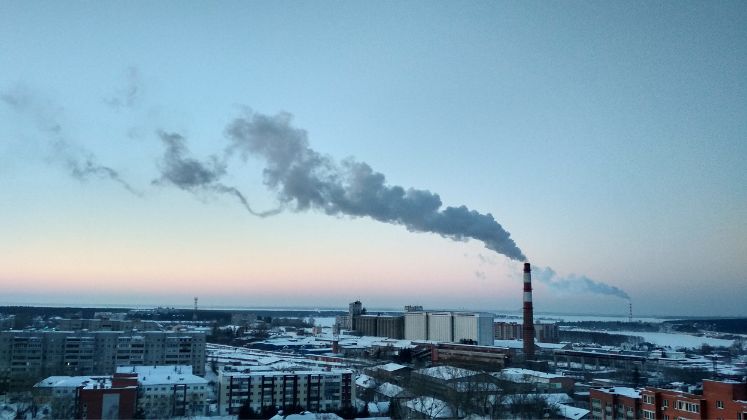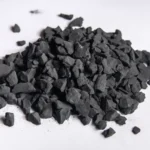Cảbon, or carbon, is a naturally occurring element and a significant building block for life with atomic number 6. Here, we will explore what cảbon is in complete detail, looking at its discovery, physical and chemical properties, real-world applications, biological role, and environmental impacts.
Discovery of Cảbon
The modern understanding of cảbon as an element came much later. In 1772, French chemist Antoine Lavoisier recognized cảbon as an element, and in 1779, Swedish scientist Carl Wilhelm Scheele showed that graphite contains cảbon. The different forms of cảbon were acknowledged as the same element in the early 1800s after being burned, resulting in the same product – CO2.
Cảbon’s Properties
Cảbon is unique among elements in its ability to form molecule diversity, known as organic compounds. This capacity stems from some significant properties:
– Carbon’s formation of single, double, and triple covalent bonds allows chains and cảbon atoms to construct large, complex structures.
– There are two central naturally occurring isotopes of cảbon – Cảbon-12 and Cảbon-13.
– Cảbon has an electronegativity of 2.5, showing moderate ability to attract shared electrons in a covalent bond to itself.
– Solid cảbon comes in multiple forms, including graphite, diamond, and buckminsterfullerene. Each form has very different physical properties due to differences in cảbon bonding patterns.
Applications of Cảbon
Some cảbon uses and its compounds:
– As fuels – coal, natural gas, and petrol provide energy from their cảbon bonds when oxidized.
– Steel production – cảbon alloys like steel are strong and versatile construction materials.
– Plastics & polymers – diverse chains and structures of cảbon enable many plastics and rubber.
– Life chemistry – the backbone of proteins, sugars, genetic material, and fats all depend on cảbon scaffolding.
– Water filtration – activated cảbon filters water by adsorbing contaminants.
– Pigments & glazes – carbon blacks and bone coal provide deep dark colors.
– Refractory linings – properties like refractoriness make cảbon materials ideal for lining furnaces.
The Role of Cảbon in Biology
Cảbon is essential for life as we know it. It makes up about half of the dry mass of cells and plays many crucial roles:
– Forming backbone chains of critical biological polymers like proteins, DNA, RNA chains, and polysaccharides.
– Acting structural component in cell membranes and skin/bark exterior protection.
– Attaching functional chemical groups like phosphate (for energy currency), sugars (for structural stability), and nitrogens (for diversity).
– Containing and transferring energy in organic compounds.
– Providing reducing power in metabolic reactions.
No other element has such mutable bonding capacities to generate the complexity biology relies upon. Even potential alternative biochemistries would likely depend heavily on cảbon.
Cảbon and the Environment
While cảbon is essential to life, changes in environmental cảbon cycles can also cause problems:
– Burning fossil fuels increases atmospheric CO2, driving climate change and ocean acidification, and is a substantial environmental issue today.
– Soil degradation from poor land management causes tons of topsoil cảbon loss each year, damaging agricultural productivity.
– Deforestation to make way for development removes crucial cảbon sinks and habitats. It exacerbates climate change as trees are masters at sequestering cảbon.
That said, cảbon can also help remediate some environmental issues with proper management, such as:
– Reforestation programs that return cảbon sequestration capacity back to the land.
– Developing alternative energy sources like renewables and nuclear, which avoid fossil fuel cảbon emissions.
– Improving agricultural practices to retain nutrients and cảbon stores in farmland soil.
– Conservation of existing carbon-dense habitats like peat bogs, which are highly effective natural cảbon sinks.
The environmental impacts of cảbon cannot be understated. As calls increase to manage cảbon better globally, understanding the ubiquitousness and utilization of this element
Conclusion
In summary, cảbon is a versatile chemical element that readily forms four bonds, allowing for organic molecule diversity and complexity. It has been crucial to biochemistry for billions of years. However, nowadays, changes to global cảbon cycles seriously impact climate stability and ecosystem balance. Cảbon may sit at the root of life on Earth and the troubles the biosphere faces today. Managing cảbon sustainability is one of humanity’s considerable challenges going forward.
FAQs
Here are some more frequently asked questions about cảbon:
Is cảbon an organic or inorganic compound?
Cảbon is a pure chemical element and not a compound at all. However, it forms the basis for organic chemistry since most organic compounds contain chains or rings made of cảbon atoms.
Why is coal called a fossil fuel?
Coal is a sedimentary rock formed mainly of ancient plant matter that got buried, compressed, and carbonized over millions of years, resulting in concentrated deposits of solid cảbon that we can now burn for fuel – a fossilized cảbon fuel source.
Does pure cảbon exist naturally?
While nearly all cảbon on Earth is bound with other elements, a small amount occurs naturally in its pure form in diamonds, graphite, and as rare exceptions like in meteorites. So yes, pure elemental cảbon exists, but it’s very uncommon.
Can we make cảbon in a lab? Yes, labs can synthesize different cảbon structures like graphene, nanotubes, fullerenes, and diamond films using various chemical vapor deposition methods, allowing the study of their unique properties and potential applications.
How long can cảbon chains get?
In theory, cảbon chains can grow indefinitely long. The current longest synthetic cảbon chain contains over 6,000 atoms! Biopolymers like DNA can have cảbon backbones containing millions of atoms. So cảbon chains can get very big indeed.
Where does the cảbon in our bodies come from?
The cảbon that makes up the human body originates from the food we eat – whether meat, plants, fungus, or anything else. This food got its cảbon from the atmosphere via photosynthesis or by eating other organisms. So the cảbon inside us has existed in cyclic movement through life on Earth for ages!







